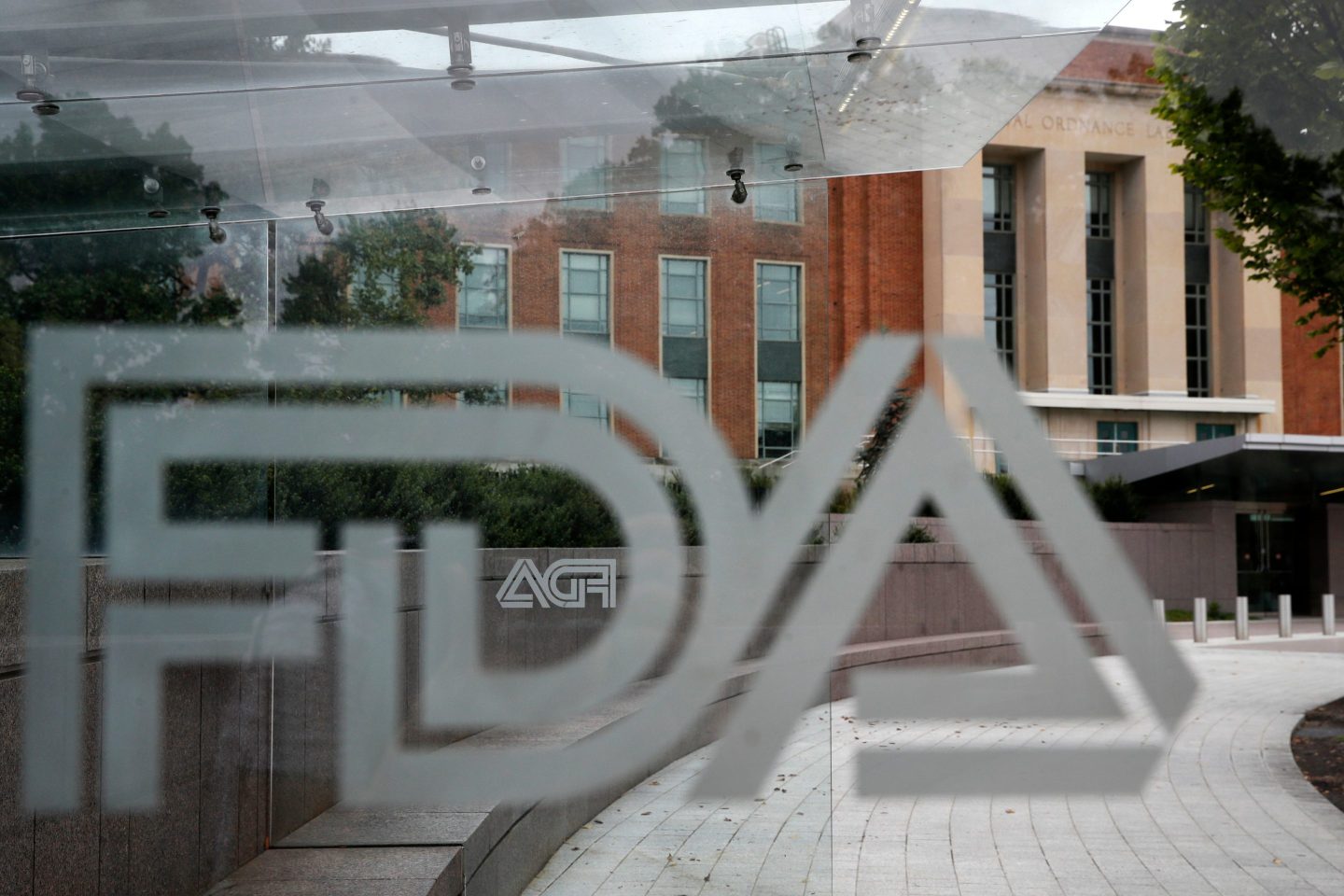European regulators have given the green light to Astrazeneca’s new lung cancer drug Tagrisso, a potential blockbuster treatment that could bring in as much as $3 billion a year in sales for the company, according to the company.
The approval comes only two months after the U.S. Food and Drug Administration gave its go-ahead. Tagrisso was the first drug given expedited review by the European Medicines Agency, according to Astrazeneca.
Tagrisso, known commonly as osimertinib, targets a specific mutation called T790M that is normally drug-resistant. It’s the first treatment to do so and has rapidly progressed through development, going from its first human trial in 2013 to an FDA approval in just over two and a half years in the U.S.
The regulatory reviews were based off a phase 2 study of 474 patients that showed the drug shrank tumors in 66% of patients. Most drugs go through a phase 3 study, which is wider reaching than mid-stage studies, before they submit to regulators.
More people die of lung cancer in the U.S. than from other type. That’s true for both men and women. In 2012, the most recent year numbers are available, nearly 211,000 people were diagnosed with lung cancer and over 157,000 people died from the disease in the U.S., according to the Centers for Disease Control. European deaths from lung cancer were even higher over the same period, killing nearly 354,000 people, reported the Wall Street Journal.
The most common type is known as non-small cell lung cancer (NSCLC). About 10% to 15% of patients with NSCLC develop a mutation called EGFR, and following treatment, about two-thirds of those patients then go on to develop the T790M mutation.












